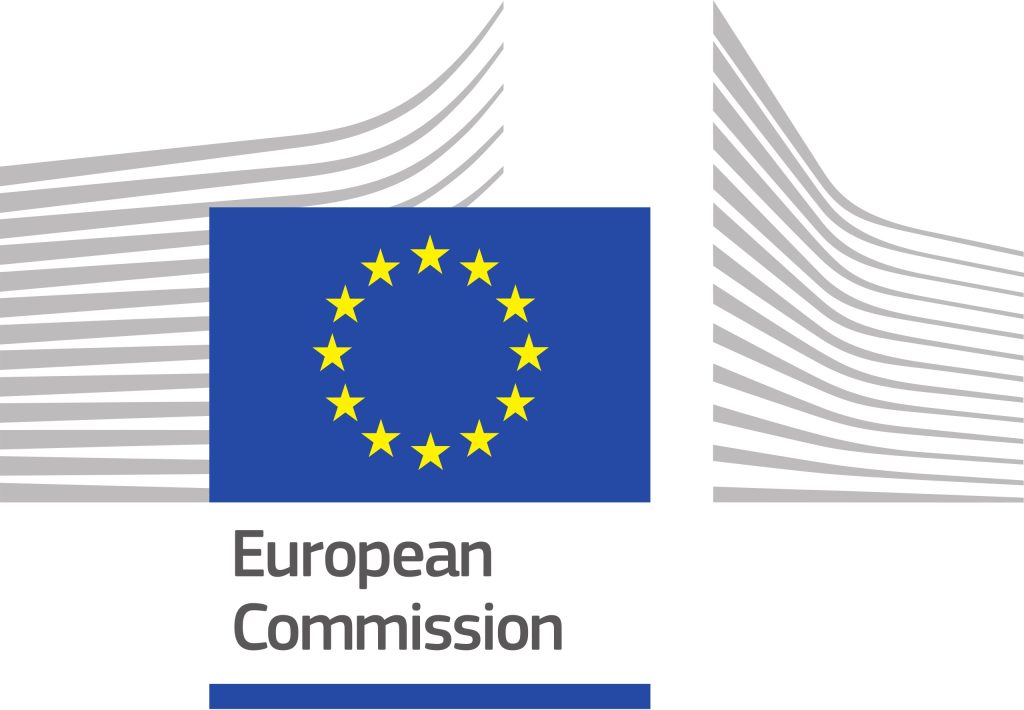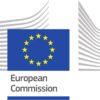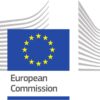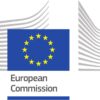
Large-scale Hydrogen Valley
Expected Outcome:
Hydrogen Valleys are hydrogen ecosystems that cover a specific geography ranging from local or regional focus (e.g. industrial cluster, ports, airports, etc.) to specific national or international regions (e.g. cross border hydrogen corridors)[https://h2v.eu/media/7/download]. Hydrogen Valleys showcase the versatility of hydrogen by supplying several sectors in their geography such as mobility, industry and energy end uses. They are ecosystems or clusters where various final applications share a common hydrogen supply infrastructure. Across their geographic scope, Hydrogen Valleys cover multiple steps in the hydrogen value chain, ranging from hydrogen production (and often even dedicated renewables production) to the subsequent storage of hydrogen and distribution to off-takers via various modes of transport. Whilst most of the projects are in the EU, over the past years, Hydrogen Valleys have gone global, with new projects emerging worldwide. Mission Innovation has set a target of deploying 100 large-scale Hydrogen Valleys worldwide by 2030.
Hydrogen Valleys are starting to form the first regional "hydrogen economies”. Already under the previous programme, the Clean Hydrogen Partnership provided support to several Hydrogen Valleys across different locations in EU and of different sizes. It is however necessary to continue the accelerated deployment of Hydrogen Valleys as required by RePowerEU (with a target to double the number of hydrogen valleys by 2025) and to contribute to the objectives of the European Hydrogen Strategy, the EU Green Deal, and Fit for 55, and finally overcome common challenges linked to storage and distribution that may be territory specific. To do this it is necessary to have ‘testbed’ projects to act as first real-life cases for piloting global hydrogen markets. These projects need to be expanded in scale to demonstrate the full range of benefits from the use of hydrogen.
Project results are expected to contribute to all the following expected outcomes:
- Anchorage of new demand for renewable hydrogen;
- Full integration into the broader energy ecosystem;
- Improvement of the perception of public towards hydrogen technologies, by ensuring a high visibility of the project and associated technologies to the local public and EU citizens;
- Emergence of new hydrogen valleys, through dissemination of learnings.
Scope:
The scope of this flagship topic is to develop and demonstrate a large-scale Hydrogen Valley. It could demonstrate a combination of technologies either in existing and/or new markets for clean hydrogen, especially when applications are used in symbiose with each other.
Proposals should demonstrate innovative approaches at system level: global and synergetic integration of hydrogen production (not restricted to electrolysis), distribution and end-use technologies. Proposals may also investigate interoperability, cause-effect stability of the overall system. Technologies demonstrated should be state-of the-art following technological developments previously funded by (but not limited to) the Clean Hydrogen Partnership.
Proposals should respond to the following requirements:
- Production of at least 4000 tonnes of clean hydrogen per year using new hydrogen production capacity. [As defined in the SRIA of the Clean Hydrogen JU, clean hydrogen refers to renewable hydrogen. For the purpose of the demonstration addressed in the proposal it can be foreseen that in the early stages low carbon hydrogen could be used. However, the objective is to move to renewable or clean hydrogen as an ultimate objective in the project. Please refer to the paragraph Rationale for support of the section 3.7 of the SRIA of the Clean Hydrogen JU.], [Renewable hydrogen is hydrogen produced using renewable energy (Renewable Energy Directive 2018/2001/EU)] . Due to the large volumes of hydrogen involved, production plants may be distributed across the territories involved but should share common hydrogen supply infrastructure;
- At least two hydrogen applications from two different sectors should be part of the project, with clear focus on energy, industry and transport sectors.
- Monitoring and assessment activities including at least two years of operations;
- Provision of a clear, professional, and ambitious communication plan to ensure high visibility to the public including clear, measurable and ambitious KPIs;
- Demonstration of how hydrogen enables sector coupling, allows large integration of renewable energy[1] and provides an optimum techno economic solution for the decarbonisation of the activities in the geographical area being addressed;
- Reduction of the carbon emissions and impact on air quality related to the end-uses compared to incumbent technologies;
- Demonstration of how financial viability is expected to be reached after two years of operation.
More broadly, proposals should:
- Provide concrete project implementation plans with a clear calendar, defining the key phases of the implementation of the action (i.e., preparation of the specifications of equipment, manufacturing, permitting, deployment, and operation) and their duration;
- Provide a funding plan to ensure implementation of the project in synergies with other sources of funding. If no other sources of funding will be required, this should be stated clearly in the proposal, with a commitment from the partners to provide own funding. If additional sources of funding will be required, proposals should present a clear plan on which funding programmes at EU and/or national levels will be targeted [2]. In these cases, applicants should present a credible planning that includes forecasted funding programmes and their expected time of commitment;
- Clearly and coherently present the Hydrogen Valley (across the whole value chain including hydrogen production, distribution and storage and end uses) including the investments/actions supported directly by this topic as well as other investments/actions supported by other funding /financing sources [In the context of the topic other investments/actions refer to parts of the hydrogen valley which are necessary to respond to the topic requirements and to deliver a fully functional hydrogen valley but that are not supported with the funding of the Clean Hydrogen JU (e.g. hydrogen production plant supported with national funding or HRS supported with funding from the Connecting Europe Facility – Transport (CEF-T))] which are part of the hydrogen valley to be deployed and demonstrated in line with the topic requirements;
- Provide evidence of the commitment and role of public authorities (Member States, Regions and Cities) and of any other necessary stakeholders (e.g. hydrogen off-takers) at least in the form of Letters of Intent (LOI) should be provided. The practical implementation of these LOI will be followed during the Grant Agreement implementation;
- Provide a preliminary ‘hydrogen safety planning and management plan’ [In the context of this topic this refers to an early plan indicating how safety will be managed in the project https://www.clean-hydrogen.europa.eu/get-involved/european-hydrogen-safety-panel-0/reference-documents_en] at the project level, which will be further updated during project implementation;
- Ensure coverage of aspects such as replicability and cooperation between regions to facilitate transfer of knowledge across the EU with a focus on fostering replication of Hydrogen Valleys elsewhere;
- Demonstrate how synergies with existing hydrogen valleys will be ensured especially when it comes to skills and know-how exchange;
- Provide a scalability analysis that includes the broader energy system showing how the valley is expected to grow, where applicable;
- Highlight sustainability aspects in their description.
The costs for the construction and commissioning phase of the hydrogen production technologies including connection (e.g connection to the electricity grid, electricity costs) may be funded while costs of renewable energy plants (e.g., PV or wind plant) or related costs for operation of the Hydrogen Valley (e.g., electricity for electrolysers) will not be funded.
This topic is expected to contribute to EU competitiveness and industrial leadership by supporting a European value chain for hydrogen and fuel cell systems and components.
It is expected that Guarantees of origin (GOs) will be used to prove the renewable character of the hydrogen that is produced/used. In this respect consortium may seek out the issuance/purchase and subsequent cancellation of GOs from the relevant Member State issuing body and if that is not yet available the consortium may proceed with the issuance and cancellation of non-governmental certificates (e.g CertifHy).
Proposals are expected to contribute towards the activities of the EU Mission on Climate- Neutral and Smart Cities, Mission Innovation 2.0 - Clean Hydrogen Mission and the H2V platform. Cooperation with entities from Clean Hydrogen Mission member countries, which are neither EU Member States nor Horizon Europe Associated countries, is encouraged (see section 2.2.6.7 International Cooperation).
For additional elements applicable to all topics please refer to section 2.2.3.2.
The TRL of the applications in the project should be at least 6 at the beginning of the project while the overall concept should target a TRL 8 at the end of the project - see General Annex B.
At least one partner in the consortium must be a member of either Hydrogen Europe or Hydrogen Europe Research.
The maximum Clean Hydrogen JU contribution that may be requested is EUR 20.00 million – proposals requesting Clean Hydrogen JU contributions above this amount will not be evaluated.
Purchases of equipment, infrastructure or other assets used for the action must be declared as depreciation costs. However, for the following equipment, infrastructure or other assets purchased specifically for the action (or developed as part of the action tasks): : hydrogen production plant, distribution and storage infrastructure and hydrogen end-uses, costs may exceptionally be declared as full capitalised costs.
The conditions related to this topic are provided in the chapter 2.2.3.2 of the Clean Hydrogen JU 2024 Annual Work Plan and in the General Annexes to the Horizon Europe Work Programme 2023–2024 which apply mutatis mutandis.
Specific Topic Conditions:
Activities are expected to start at TRL 6 and achieve TRL 8 by the end of the project - See General Annex B.
[1]In line with the definitions provided in the Renewable Energy Directive 2018/2001/EU
[2]Including applications for funding planned, applications for funding submitted and funding awarded
General Information
Hydrogen Valleys are hydrogen ecosystems that cover a specific geography ranging from local or regional focus (e.g. industrial cluster, ports, airports, etc.) to specific national or international regions (e.g. cross border hydrogen corridors)[https://h2v.eu/media/7/download]. Hydrogen Valleys showcase the versatility of hydrogen by supplying several sectors in their geography such as mobility, industry and energy end uses. They are ecosystems or clusters where various final applications share a common hydrogen supply infrastructure. Across their geographic scope, Hydrogen Valleys cover multiple steps in the hydrogen value chain, ranging from hydrogen production (and often even dedicated renewables production) to the subsequent storage of hydrogen and distribution to off-takers via various modes of transport. Whilst most of the projects are in the EU, over the past years, Hydrogen Valleys have gone global, with new projects emerging worldwide. Mission Innovation has set a target of deploying 100 large-scale Hydrogen Valleys worldwide by 2030.
Hydrogen Valleys are starting to form the first regional "hydrogen economies”. Already under the previous programme, the Clean Hydrogen Partnership provided support to several Hydrogen Valleys across different locations in EU and of different sizes. It is however necessary to continue the accelerated deployment of Hydrogen Valleys as required by RePowerEU (with a target to double the number of hydrogen valleys by 2025) and to contribute to the objectives of the European Hydrogen Strategy, the EU Green Deal, and Fit for 55, and finally overcome common challenges linked to storage and distribution that may be territory specific. To do this it is necessary to have ‘testbed’ projects to act as first real-life cases for piloting global hydrogen markets. These projects need to be expanded in scale to demonstrate the full range of benefits from the use of hydrogen.
Project results are expected to contribute to all the following expected outcomes:
- Anchorage of new demand for renewable hydrogen;
- Full integration into the broader energy ecosystem;
- Improvement of the perception of public towards hydrogen technologies, by ensuring a high visibility of the project and associated technologies to the local public and EU citizens;
- Emergence of new hydrogen valleys, through dissemination of learnings.






Large-scale Hydrogen Valley 0 reviews
Login to Write Your ReviewThere are no reviews yet.